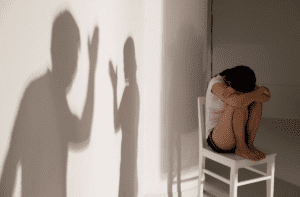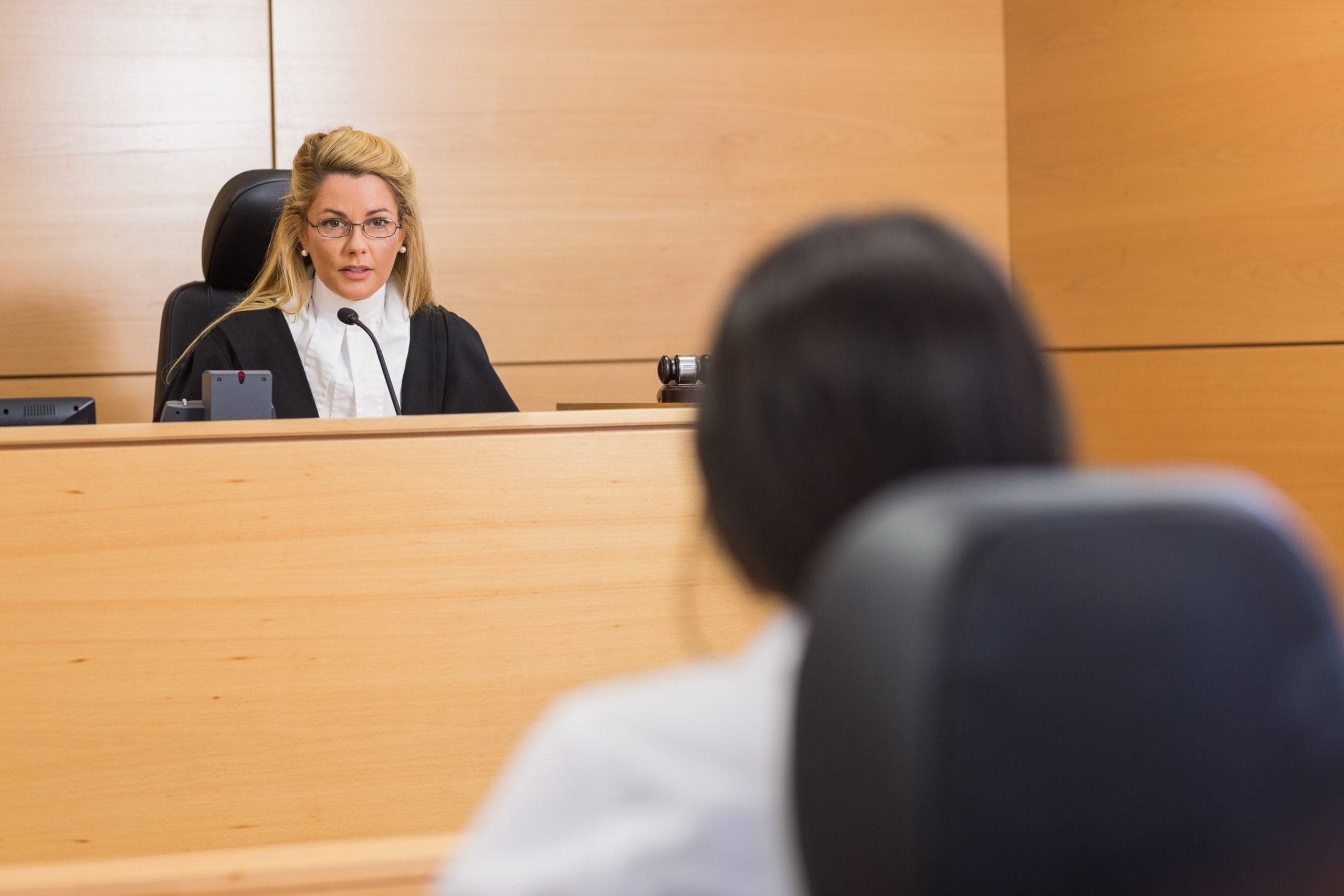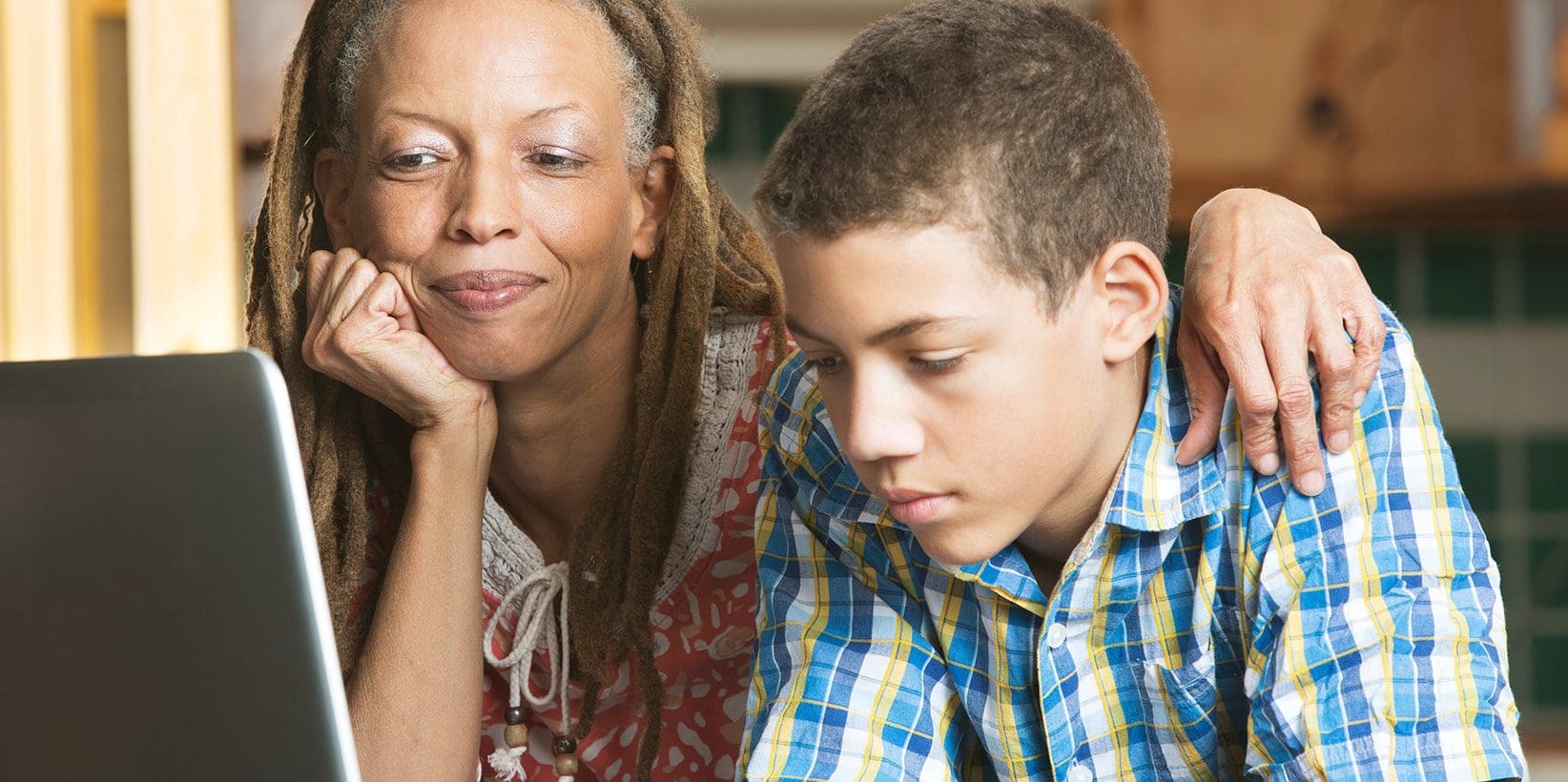-
Leaving an abusive relationship
December 20th, 2021 | by newwaylawyersStrategies to maintain safety before you leave
This post focuses on strategies to maintain safety before you or a loved one leave an abusive relationship. If you or a loved one have experienced domestic violence but have left the relationship, please read this post for more relevant safety strategies.
Why don’t they just leave?
Deciding to leave a domestic and family violence relationship is often an extremely difficult and personal decision to make, and it will often take several attempts to leave before the separation is permanent.
Many survivors of abuse feel a range of emotions when leaving which can include relief but also grief and loss about the relationship ending. An abusive relationship can impact on a survivor’s emotional wellbeing, including a loss of self-confidence and feeling like they are at fault for the abuse.
Never the fault of the survivor
Domestic and family violence is never acceptable nor ever the fault of the survivor. It is the choice of the person using violence to engage in behaviours designed to intimidate and control their partner and children. This can include the use of physical, emotional, financial, sexual and verbally abusive behaviours designed to create an environment of power, fear and coercion.
It is the responsibility of the person using violence to become aware of their patterns of abuse and take ownership and accountability for how their actions have impacted the safety and wellbeing of their partner and children.
Strategies to keep you safe when planning to leave a domestic violence relationship

There are many things that a survivor can do if they are planning on leaving an abusive relationship that will help to maintain their safety and wellbeing during the separation process. This includes the creation of a safety plan. A specialist domestic and family violence service can help survivors create this plan and also provide information, support and referrals if needed.
What is a safety plan?
A safety plan is a personalised set of actions that the survivor and their children can take to keep themselves safe from the person using violence.
A safety plan can be reviewed and updated as the situation changes.
The survivor may choose to share their safety plan with trusted family, friends or support services who can be there to provide additional help if needed.
Before leaving the relationship
Safety plan actions to consider while still in the relationship include:
- Identifying the best way to leave the house quickly if feeling unsafe. Or if it is not possible to exit the house, identifying the safest room in the house to go to. Often this will be a room with a lockable door.
- Keeping items such as car keys, phone (kept charged) and purse/wallet in a place that is in easy reach if needing to leave quickly.
- Identifying places to go and stay in the short-term if needing to leave the house. This might be to go to a neighbour or family/ friend’s home.
- Teaching children how to call 000 and how to state their name and address for help.
- Coming up with a code word that you can use with your children, family or friends to signal that help is needed and to call 000.
- Letting trusted neighbours know about the situation and to call 000 if they see or hear any abuse.
- Being mindful to delete any internet search history or call logs around domestic violence information, separation or support services.
Pack a bag
An additional step is to prepare a bag with important items that is easy to access. This might be kept at a friend’s house or work and include:
- A change of clothes for all family members leaving
- Any medication and scripts
- Money
- Copies of house keys or car keys
- Devices such as mobile phone or laptop
- ID documents such as birth certificates, marriage certificates, drivers licence, citizenship certificates, passport, visa and work permits.
- Medicare and Centrelink cards
- Domestic Violence Orders
- Other important documentation – rental agreements, mortgage and loan agreements, business paperwork, insurance documents, financial statements, bills and accounts information
- Photos or other sentimental items
- Children’s items – such as a favourite toy or blankie
- Any evidence of abuse – medical records, police incident reports, personal journals
About the author – Renee Craft

Renee Craft is an experienced family support practitioner having worked in the areas of family dispute resolution, child protection and domestic and family violence. Renee currently works for Save the Children Australia as Team Leader for Refuge and Technical Development, overseeing a dedicated team providing support to women and children at Gareema Refuge. Renee has worked in various leadership roles in the DFV sector, including working with people choosing to use violence and regional service-system governance and coordination.
Renee is a strong advocate for improved service collaboration to provide holistic survivor-led interventions and support to enhance the safety and wellbeing of families whilst finding pathways of accountability for the person using violence. Renee believes that central to achieving this outcome is listening to the voices of children with intentional, child-inclusive practice that recognises their unique experiences, wishes and needs.
-
Safety strategies after leaving an abusive relationship
November 23rd, 2021 | by newwaylawyersSeparation – after leaving a domestic violence relationship
Separation is a time to review and update the safety plan, including discussing any changes with children if appropriate. If you have not yet left the relationship, read this post for more relevant information.
Actions to consider include:
- Informing trusted family, friends, neighbours and work colleagues of the separation and keeping them aware of plans or movements.
- Informing children’s school or childcare of the separation and provide a copy of the DVO or any Parenting Orders or parenting plans. Update contacts of people who are authorised to collect the children from care.
- Checking mobile phones and other smart devices that location settings and cloud-sharing settings are switched off. Sometimes spyware apps are downloaded on devices that remotely give access to texts, calls, photos and other information on the device. If this is suspected, consider getting a new phone and number.
- Checking vehicles for any GPS tracking devices
- Changing passwords to email, social media accounts, bank accounts, toll/ public transport accounts, shopping rewards cards, or other online accounts.
- Removing the person using violence from any joint accounts or policies such as MyGov, phone bills, insurance policies.
- Avoiding posting on social media to keep location and activities confidential
- Changing routine and places normally attended where possible.
- Changing the locks on the house and installing a security system with cameras.
- Facilitating child changeovers in a public place – such as childcare centre or police station.
- Avoiding being alone with the person using violence. If needing to communicate about issues related to the children, consider using email or text instead
- Asking to be escorted to and from the car when at work
- Keeping a diary of any ongoing abuse.
- Consideration of applying for a Domestic Violence Order or reporting any breaches to the Police.
- Seeking legal advice around parenting and property settlement matters.

Leaving an abusive relationship can be a time of high-risk
Leaving an abusive relationship can be a time of escalated risk for the survivor and children as the person using violence may feel that they are losing power and control over the situation. The person using violence may engage in a number of behaviours designed to regain their control that may make the survivor feel intimidated, fearful, and threatened.
Some of the behaviours may include:
- Threatening to harm or kill the survivor and the children.
- Threatening to take or withhold the children.
- Threatening self-harm or suicide.
- Stalking behaviour such as monitoring the survivor’s movements and making excessive attempts to contact via phone, text messages or email.
- Destroying or withholding property or assets.
- Contacting the survivor’s family or social contacts to obtain information or ‘bad mouth’ them.

High risk of harm indicators
The factors considered particularly high-risk of imminent harm or lethality (homicide) is if the survivor has separated and also experienced the following in the relationship:
- Stalking Behaviour
- Sexual Violence – e.g Rape or when a person is forced or coerced into engaging in sexual acts against their will or consent.
- Non-Lethal Strangulation* – e.g The obstruction of blood vessels and/ or air-flow in the neck resulting in asphyxia (sometimes colloquially referred to as ‘choking’).
*Non-Lethal Strangulation can cause lasting injuries/ health impacts. It is important for the survivor to seek medical attention for assessment if they have experienced non-lethal strangulation.
It is important to listen to the survivor’s story and their perception of their own risk which needs to be taken seriously as they are the experts in their own life and know what they need to keep themselves safe. Survivors should be encouraged to seek help and support from specialist domestic and family violence services who can help safety plan and provide crisis intervention if needed.
Help and support is available

Police
If the survivor and children are in immediate danger, the Police need to be called on 000 for assistance.
DV Connect
There are many specialist DFV services that are available to support survivors including the Domestic and Family Violence Support Line – DVConnect. This service operates 24 hours, 7 days a week.
Phone: 1800 811 811
Website: Https://www.dvconnect.org
DVConnect is a free service that can provide information about abuse, safety planning, crisis counselling, referrals and provide emergency transport and accommodation to escape the violence for the whole family, including pets.
Family law experts – New Way Lawyers
New Way Lawyers are experts in family law and offer legal services for those in domestic violence or family violence situations. They can provide information on the possible Domestic Violence Orders available to you, as well as provide care and support through their client care program. Contact New Way Lawyers for a free 20 minute consultation.
About the author – Renee Craft

Renee Craft is an experienced family support practitioner having worked in the areas of family dispute resolution, child protection and domestic and family violence. Renee currently works for Save the Children Australia as Team Leader for Refuge and Technical Development, overseeing a dedicated team providing support to women and children at Gareema Refuge. Renee has worked in various leadership roles in the DFV sector, including working with people choosing to use violence and regional service-system governance and coordination.
Renee is a strong advocate for improved service collaboration to provide holistic survivor-led interventions and support to enhance the safety and wellbeing of families whilst finding pathways of accountability for the person using violence. Renee believes that central to achieving this outcome is listening to the voices of children with intentional, child-inclusive practice that recognises their unique experiences, wishes and needs.
-
What Domestic Violence Orders are available in Australia?
November 5th, 2021 | by newwaylawyersFamily violence orders are typically made by Courts under state or territory laws, and they are called different things in different states and territories:
- Domestic Violence Order (QLD and NT)
- Apprehended Domestic Violence Order (NSW)
- Intervention Order (VIC and SA)
- Violence Restraining Order (WA)
- Family Violence Order (TAS, ACT)
The term family violence order is an umbrella term used to refer to all the different types of orders at a state or territory level.
Although legislation about family violence is state based and there are some differences in terminology, definitions and processes there are many common features of family violence orders.
A Family Violence Order Prohibits Certain Behavior and Provides Protection

A family violence order is an official document issued by the Police or the Court that imposes conditions on behaviour and may restrict contact between people. The specific provisions contained in a family violence orders depend on the individual circumstances of the situation but may include, among other things:
- Prohibition of family violence against a family member;
- Prohibition of damage of property of a family member;
- preventing contact or communication with a family member;
- restrictions on going near or to a family members’ home, work place, school or where their children attend school or childcare;
- revoking or suspending a weapons approval
Who Can Seek a Family Violence Order
Family violence orders can be initiated by an individual (or their lawyer), or by the Police. Police can apply for a family violence order even if the person to be protected by the order does not agree.
How long does a Family Violence Order Last

There are two types of family violence orders, interim family violence orders and final family violence orders. An interim family violence order is a temporary order made by the Court until a final order can be considered. A final family violence order is made for a defined period of time, which varies according to state or territory, but can be anywhere from 12 months to 5 years. An application can be made to extend or vary the length of a family violence order in certain circumstances.
Will a Family Violence Order give the respondent a criminal history?
A family violence order is not a criminal charge, it is a civil court order and it won’t appear on the Respondent’s criminal history. If however a Respondent breaches the terms of a family violence order this constitutes a criminal offence. Breaching a family violence order is a serious criminal offence and the penalties can include imprisonment.
Does a DVO mean your relationship has to end?

A family violence order does not automatically end a relationship between the protected person and the Respondent or stop them from living together, unless the family violence order states that the Respondent is to have no contact with the protected person. Sometimes couples do want to stay together, but a protection order is necessary to ensure safety. Safety should always be considered first.
Get legal advice
It is always best to get legal advice when you need help with a family violence order. Our experienced lawyers offer a free 20 minute consultation, you can contact us here or on 1300 043 984.
Help is available and you never have to do this alone.
- If you need urgent help, call the police on 000.
- If you need housing in a women’s refuge, call 1800 811 811.
- For legal advice, call New Way lawyers on 1300 043 984.
-
FAQs: Merger of Family Court of Australia and the Federal Circuit Court of Australia
September 7th, 2021 | by newwaylawyersThe Family Court of Australia and the Federal Circuit Court of Australia have merged. Let’s navigate the family law court merger together with some FAQs:
Q: When did the merger take effect?
A From 1 September 2021
Q: What will the new Court be called?
A The amalgamated new court will be known as Federal Circuit and Family Court of Australia (FCFCA).
Q: What is the reason for this merger?
The main reason for the merger is :-
- to reduce costs and delay in family litigation and to encourage proceedings to be conducted in a more calm and civil manner
- to facilitate the fair resolution of disputes as quickly, inexpensively, and efficiently as possible
Q: How will delays and backlogs be reduced?
A: The FCFCA will place greater emphasis on encouraging parties to settle their matters, where it is safe to do so through dispute resolution. This means there will be less final hearings and Court events, reducing the Court’s workload.
Q: What protection will be afforded to children?

A: The FCFCA will place emphasis on the need to protect the rights of children, promote their welfare and protect them from family violence.
Q: Will there only be one Court after the family law court merger?
A There will be one court, but two divisions of that court. The Family Court of Australia will become the Federal Circuit Court and Family Court of Australia (Division 1). The Federal Circuit Court of Australia will become the Federal Circuit Court and Family Court of Australia (Division 2).
Q: What is the difference between Division 1 and Division 2?
Essentially, applications will be filed in Division 2 and appeals will be heard in Division 1.
Q: Will the current Court forms still apply?

A Yes and no. The FCFCA has streamlined its procedures and new forms are now available on the new FCFCA website. The FCFCA will accept the old forms for a grace period of 90 days from 1 September 2021. After this time, the new forms must be used when applying to the Court.
Q: What is the new FCFCA website address?
A: https://www.fcfcoa.gov.au/
Q: What does this mean for my family law proceedings?
A: You will not be required to do anything if your matter is already in the court system. If your matter was previously in the Family Court of Australia, it will now be listed in Division 1. If your matter was previously in the Federal Circuit Court of Australia, it will now be listed in Division 2.
Q What forms am I required to file if I want to commence a financial or parenting application in Court?
A If you are filing an application in the new Court, you can look at their website to find a list of the forms you will be required to file in support of that application.
The Court’s information about required documents for applications can be found here: https://www.fcfcoa.gov.au/fl/ss-overview
If you require any assistance in your family law matter please call us on 07 3548 5850 or contact us here.



















